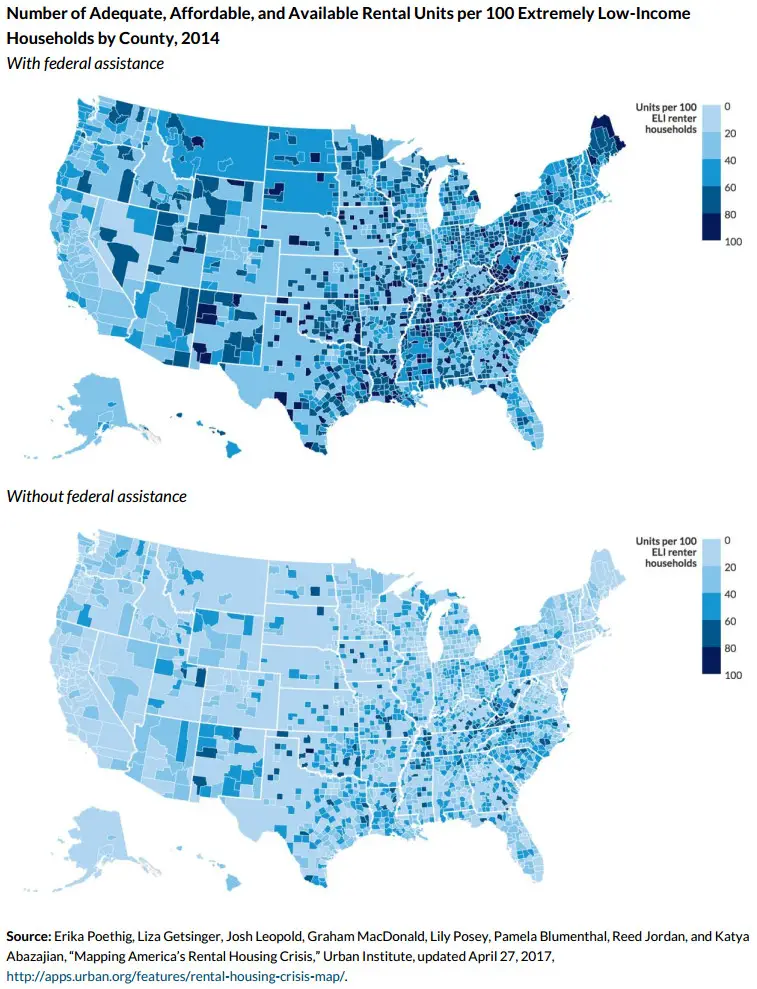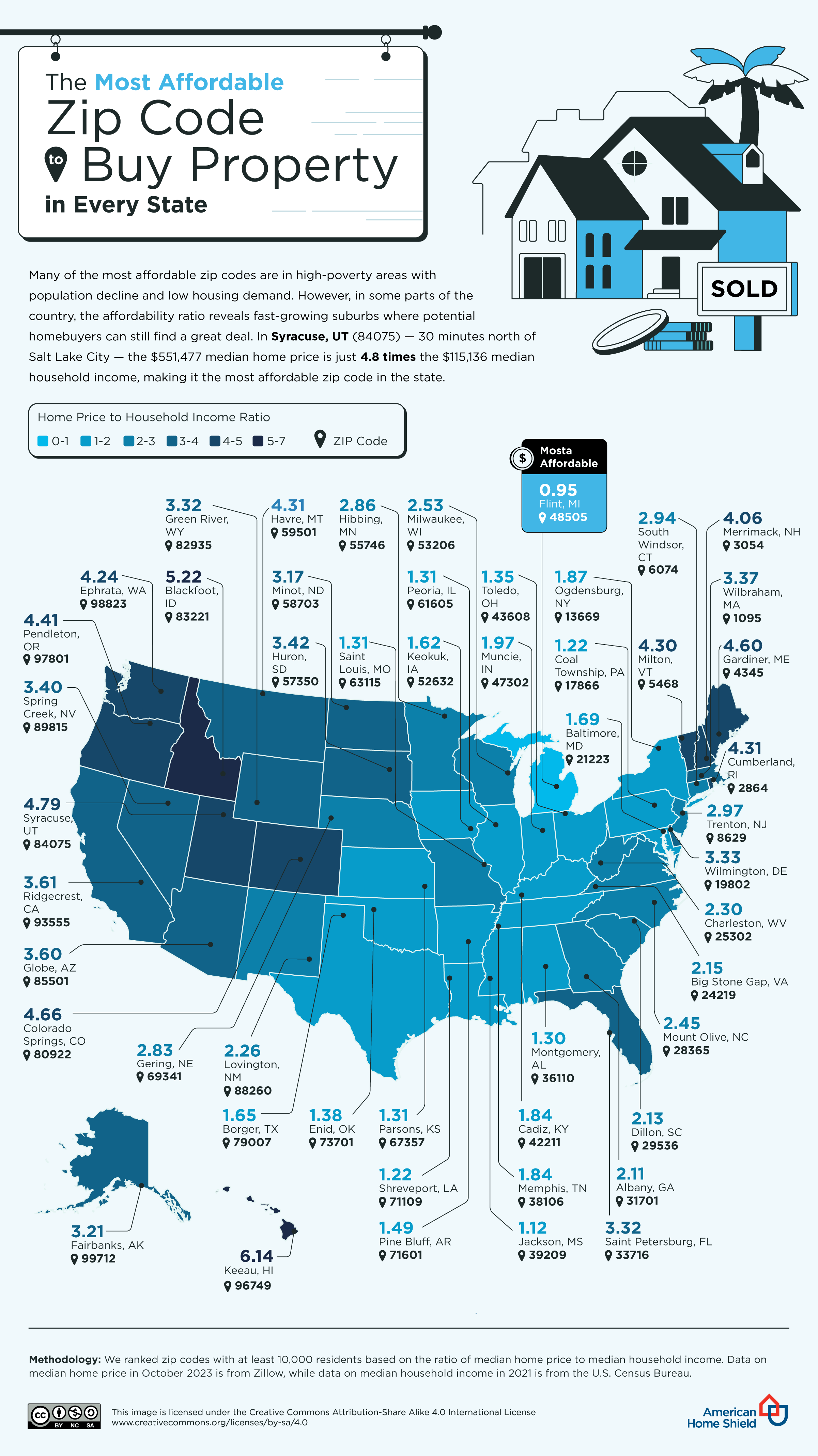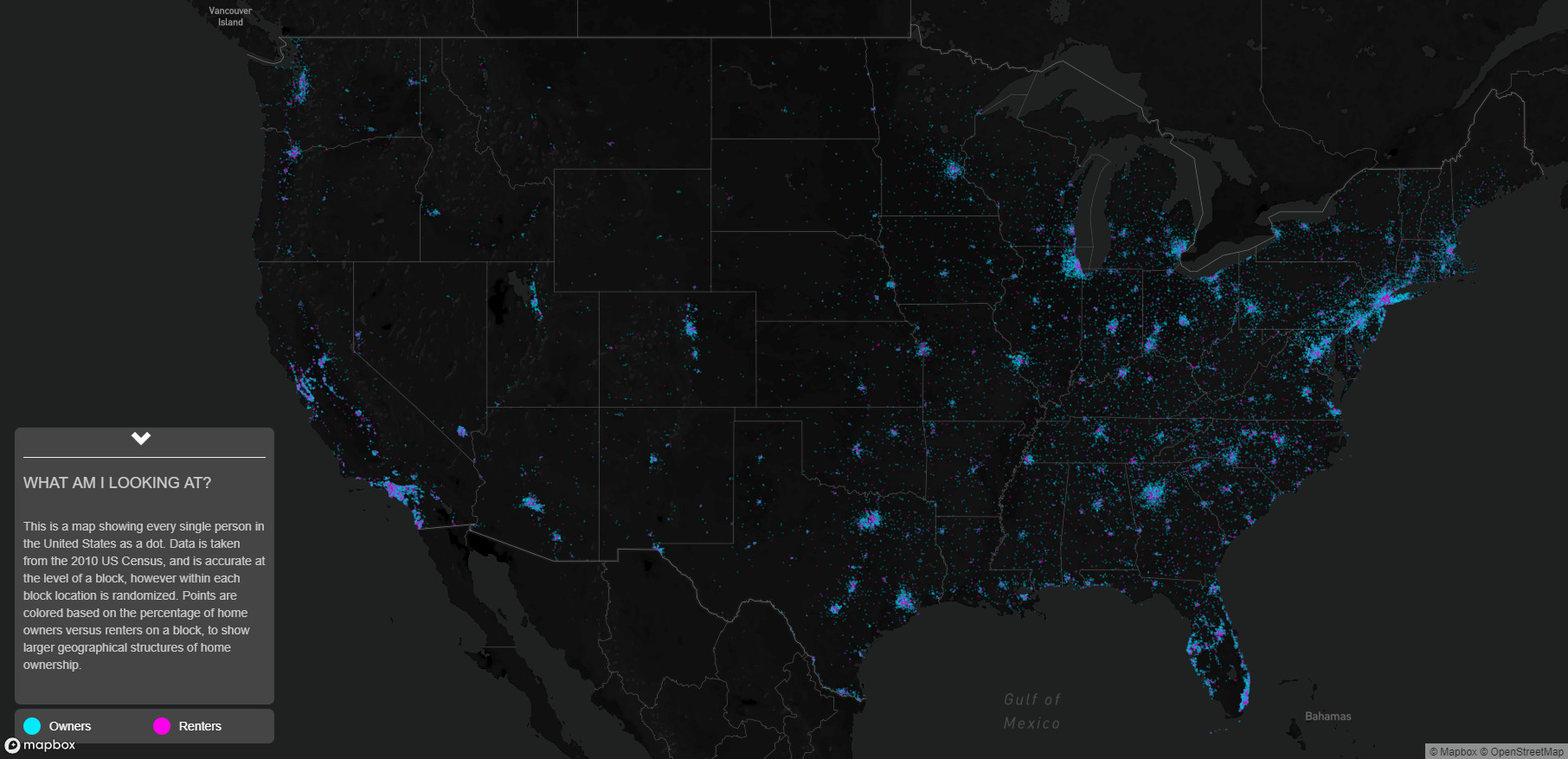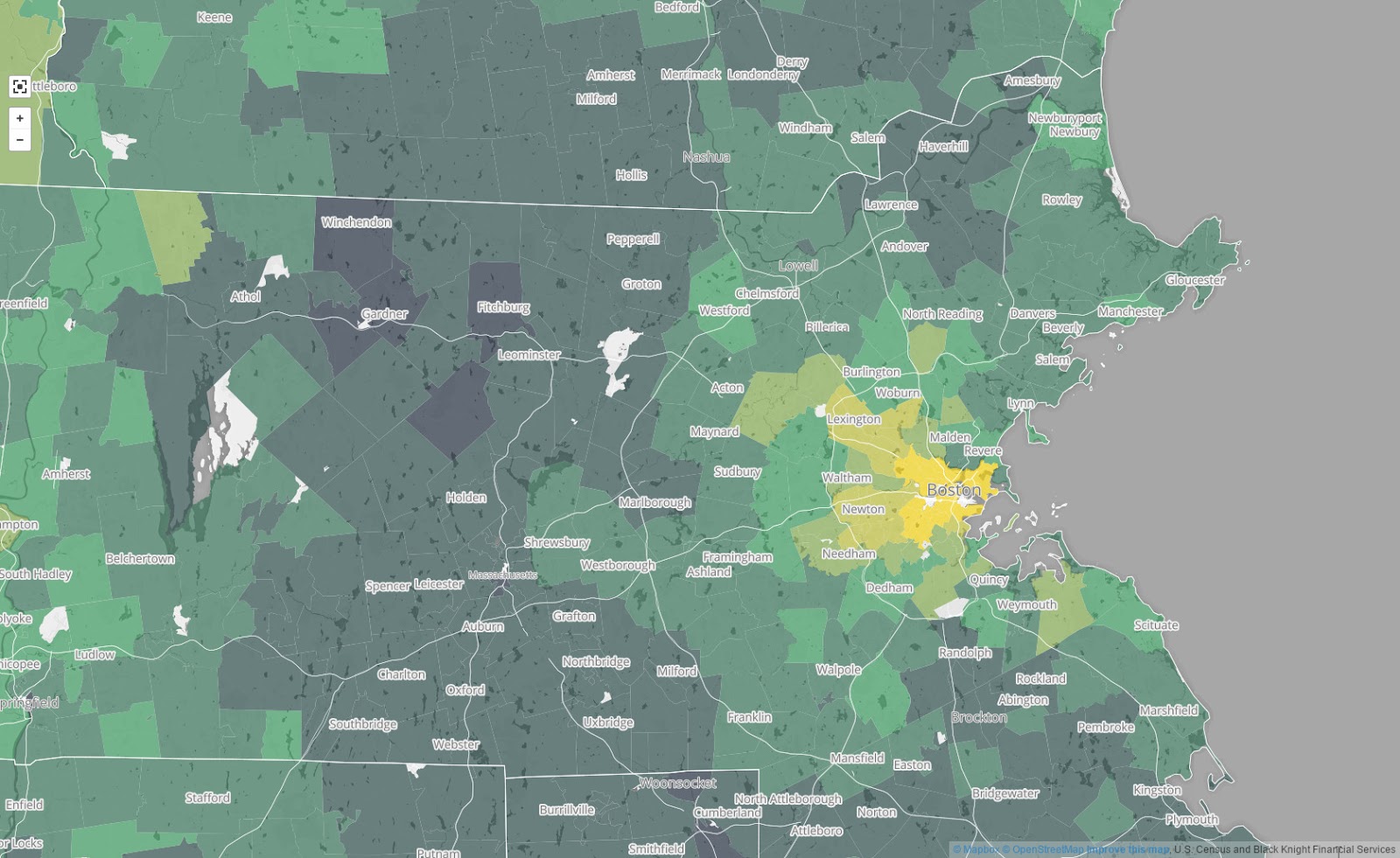Number of adequate, affordable & available rental units per 100 extremely low-income households by U.S. county
There is not enough affordable housing to meet the needs of extremely low-income households (ELI). The number of adequate, affordable, and available units for every 100 ELI renter households has increased since 2009, when 43 units were available per 100 ELI renters. But it is still lower than the rate in 2000, when 47 units were available per 100 ELI renters. Since the 2007 – 09 recession, the number of affordable units in the private market has increased slightly, partly as a result of increased household incomes.
Federal rental assistance plays a vital role in supporting ELI renter households. Federal programs help almost 2.9 million ELI renters afford adequate housing. The Housing Choice Voucher Program i. s the largest program, assisting nearly 1 million renters, followed by Multifamily Section 8 and public housing. US Department of Agriculture rental assistance programs help nearly 280,000 ELI renters afford adequate housing.
The shortage of adequate, affordable, and available units for ELI renters is worst in large, urban counties. Although no part of the country has an adequate supply of affordable housing for ELI renters, the problem is more acute in urban areas and large counties than in rural areas and small counties. Rural counties have 69 adequate and affordable units available for every 100 ELI renters, compared with 42 units in metropolitan counties. The disparity’s primary driver is the lack of unassisted, naturally affordable units in metropolitan counties. Extremely low – income renters in metropolitan areas have less than a 20 percent chance of finding an affordable unit without a federal subsidy.
Federal rental assistance programs are a critical source of affordable housing in non-metropolitan counties. In nonmetropolitan counties, about 150,000 ELI renters live in AAA units through USDA assistance, and another 296,000 are supported through HUD housing assistance. Without these federal programs, the number of affordable and adequate units available for every 100 ELI renters would decline from 69 to 42. In non-metropolitan areas, USDA assistance accounts for 9 of every 100 AAA units for ELI renter households, and HUD assistance accounts for another 18. Without federal housing assistance, rural areas and small towns would lose about 450,000 affordable rental units, or nearly 40 percent of their AAA housing, for ELI renter households.
Source: urban.org










California has the 8th highest electric cost in the United States, and it leads the nation in producing electricity from green sources. Coincidence?